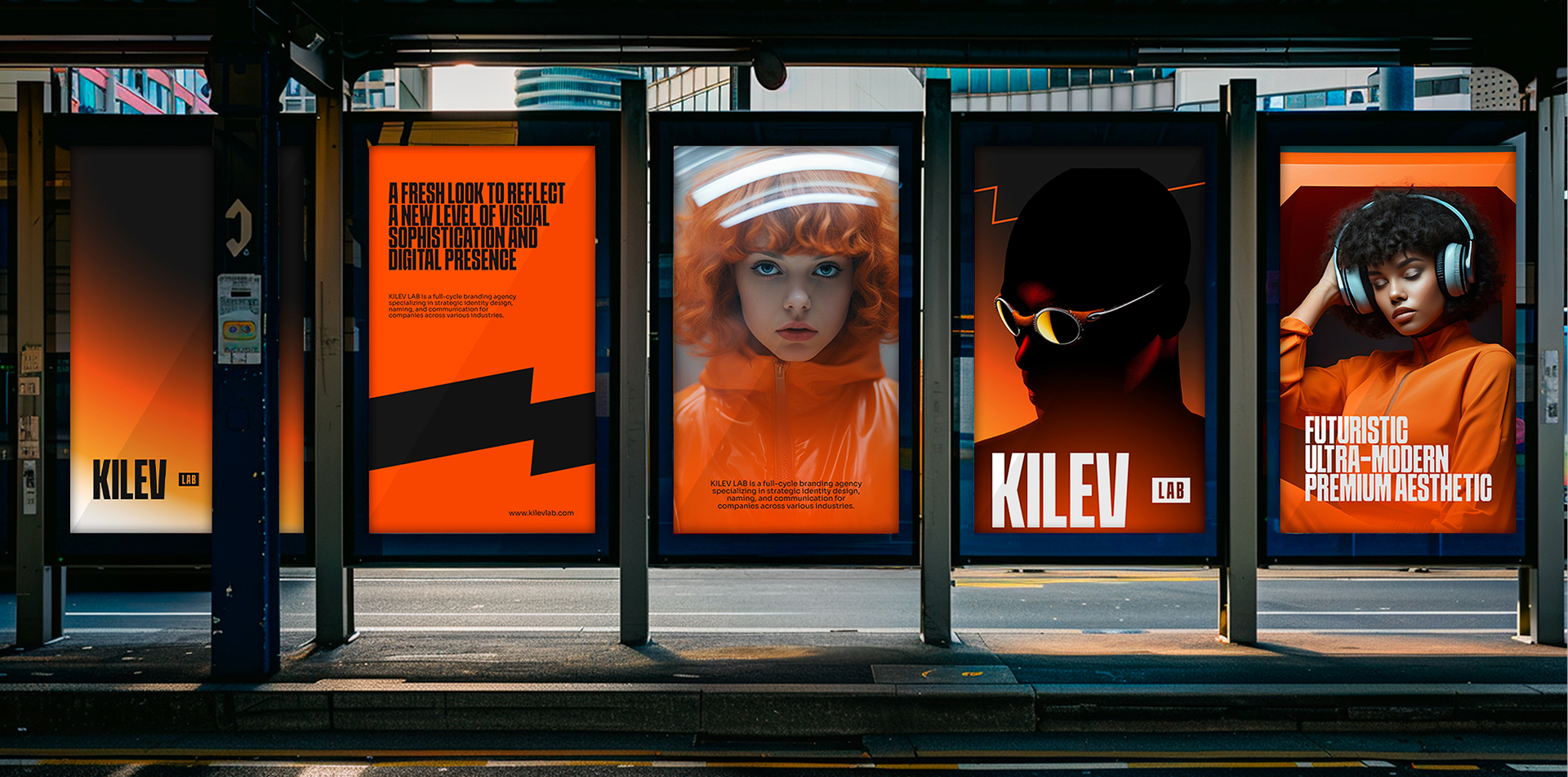3 min read
Updated on 05 Nov 2025
In an ever-connected world, brands no longer just signify a company; they embody a promise, a lifestyle, and often, a community. For international brands, visual identity becomes a strategic tool—not merely an aesthetic choice, but a vital component shaping perception across diverse cultures and markets. Crafting a robust visual brand identity should be at the forefront of your branding strategy, especially in our hyper-competitive landscape, where a fleeting glance can make or break a customer’s decision.
Understanding Visual Identity
Your visual identity is the face of your brand. It encompasses your logo design, color palette, typography, imagery, and even your packaging design. These elements work in synergy to create a cohesive brand experience that resonates with consumers regardless of geographical borders. In the realm of international branding, where nuances of local culture and consumer behavior can drastically reshape perceptions, your visual identity must be adaptable yet consistent.
The Power of Logo Design
An effective logo design serves as the linchpin of your visual identity. It must encapsulate your brand values while being versatile enough to transcend language barriers. Consider how global giants like Apple and Coca-Cola have established logos that are instantly recognizable, even in far-flung corners of the world. A savvy branding agency can guide you in creating a logo that not only represents your brand identity but also speaks to the collective consciousness of your target audience.
Cultural Sensitivity and Adaptation
In branding for international markets, cultural sensitivity is paramount. Your brand’s visual elements must resonate positively within the cultural contexts of your target audience. Missteps can lead to cringe-worthy, even offensive, experiences. For example, color meanings can vary dramatically; while white symbolizes purity in some cultures, in others, it signals mourning. These subtleties can impact your branding strategy profoundly. Engaging a knowledgeable branding agency with global expertise helps ensure your visual identity aligns perfectly with the local taste without losing its core message.
Creating a Consistent Brandbook
A brandbook, or brand guidelines document, is your brand’s blueprint. It captures the essence of your visual identity, detailing how each element should be used across various platforms. For an international brand, a well-structured brandbook not only maintains consistency but also allows for necessary adaptations depending on local nuances. It becomes the reference point for designers, marketers, and anyone involved in communicating your brand, ensuring that your brand image remains intact no matter where it appears.
Visual Storytelling in Marketing Strategy
Your visual brand identity can leverage the power of storytelling. It’s not enough to simply throw out attractive images or sleek designs; they must narrate a story that resonates deeply with your audience. Visual storytelling can establish your brand’s legacy and emotional connection. Consider brands like Airbnb, whose imagery doesn’t just show places to stay but paints a picture of belonging and adventure. Crafting a compelling narrative allows your visual elements to connect with consumers on a profound level, ultimately enhancing brand loyalty and engagement across markets.
In conclusion, as an international brand, the essentials of your visual identity serve as a compelling narrative told through thoughtful design and strategic branding. Visual identity is not a superficial consideration; it’s a crucial component in building relationships with diverse audiences across the globe. At Kilev Lab, we understand that each market requires a tailored approach while keeping your core brand identity intact. Need help navigating the complexities of your visual identity? Visit kilevlab.com to request a consultation and start crafting a compelling visual identity that resonates across borders.
Share






